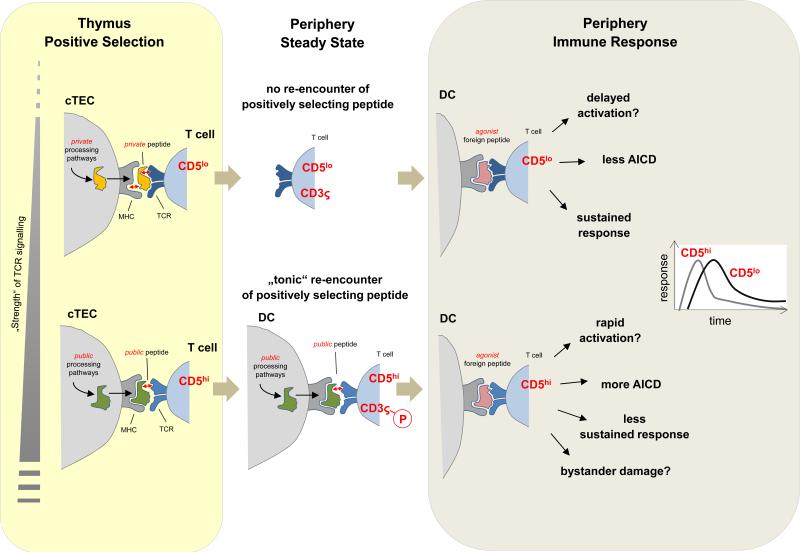Figure 4. Consequences of positive selection by ‘private’ versus ‘public‘ peptides: a hypothesis.
(Upper panel) ‘Private’ peptides generated through unique proteolytic pathways in cortical thymic epithelial cells (cTECs) may preferentially support selection of CD5low T cell clones via interactions at the lower end of the affinity range that is permissive for positive selection. One determinant of these ‘low strength’ interactions could be that private peptides are weak MHC binders, indicated here by the loose fit between peptide and MHC (red arrow). In the periphery, T cells selected in this way do not re-encounter the positively selecting peptides and hence do not receive tonic signals. As a consequence, their CD3ς chains are not pre-loaded with basal phosphorylation. Yet, it remains possible that CD5low clones receive a degree of tonic input through exposure to cross-reactive ‘public’ peptides in the periphery. (Lower panel) Public peptides may preferentially support selection of CD5hi clones via positively selecting interactions at the relatively higher end of the affinity range. Public peptides might be good MHC binders that generate ‘low strength’ interactions by loosely binding to the TCR (red arrow). In the periphery, continual interactions with the very same peptides support T cell homeostasis and mediate partial CD3ς chain phosphorylation. During an immune response to foreign antigens, CD5low and CD5hi T cell clones of identical specificity may differentially respond with respect to timing and magnitude of clonal expansion and contraction. The dominance of either type of responder might vary with parameters such as duration and anatomical distribution of the infection.

